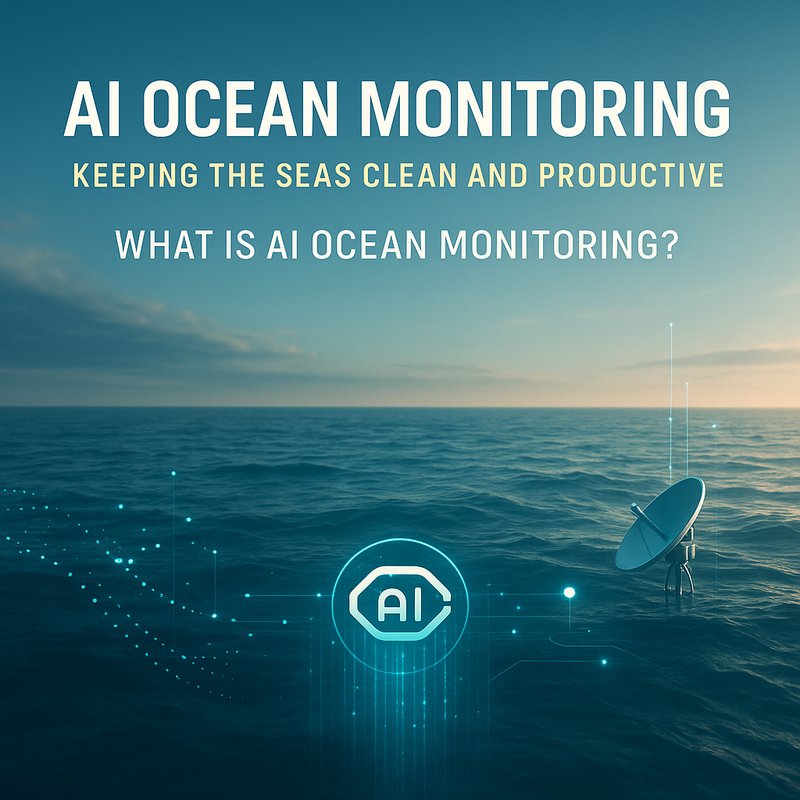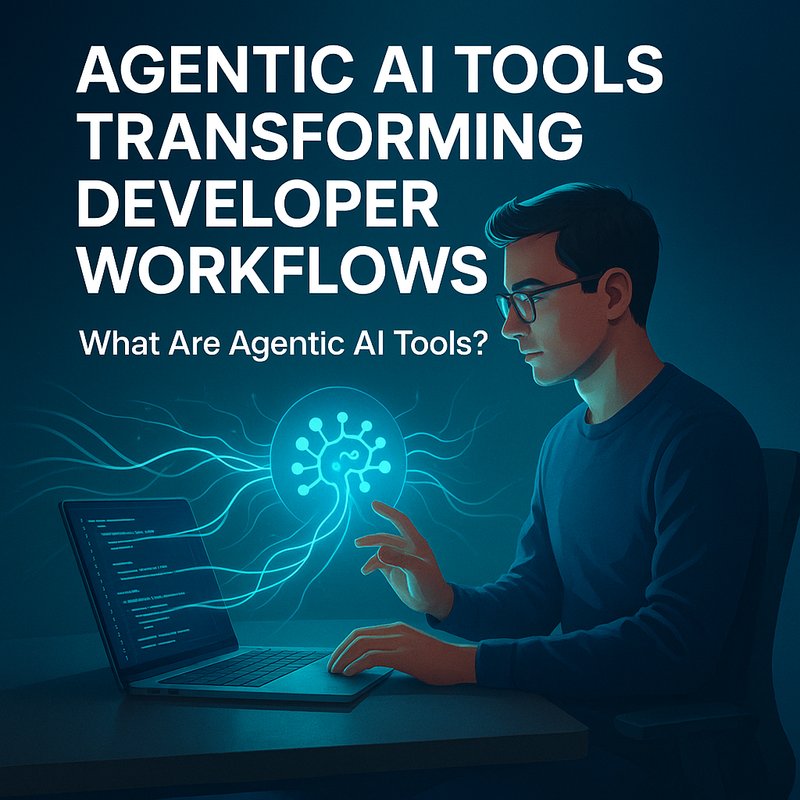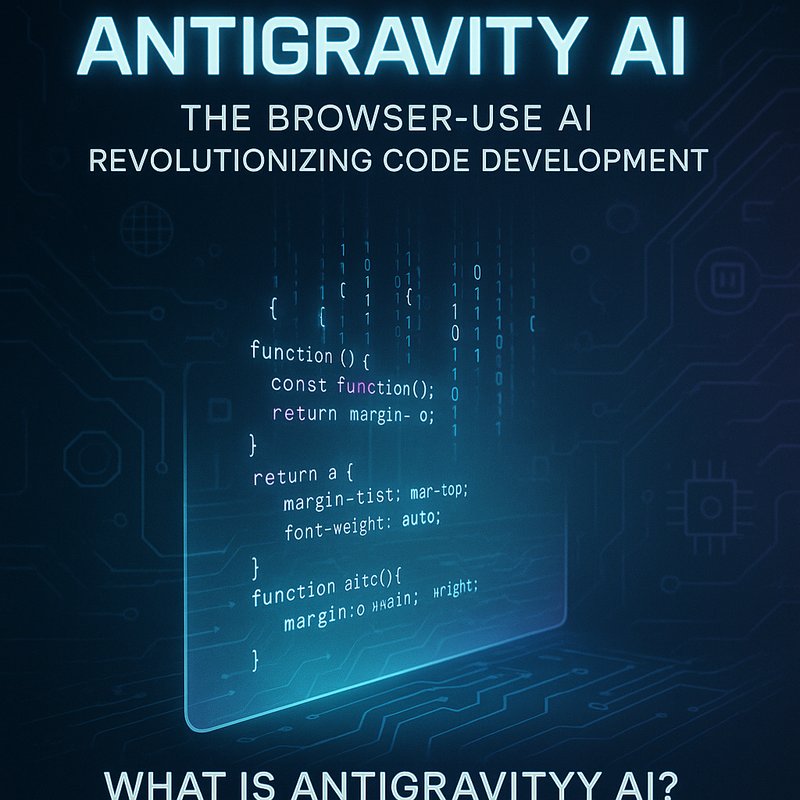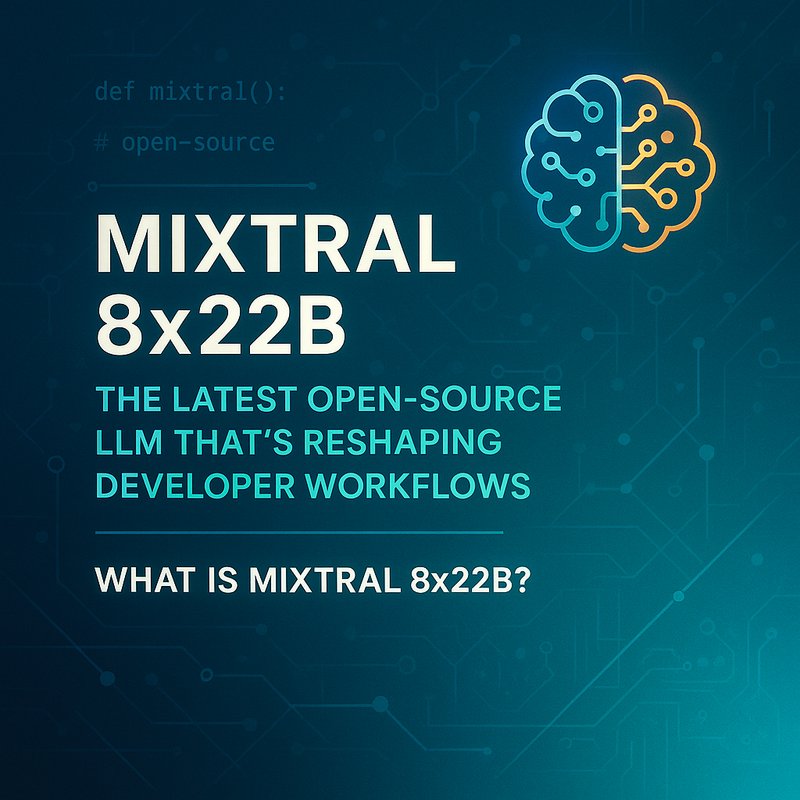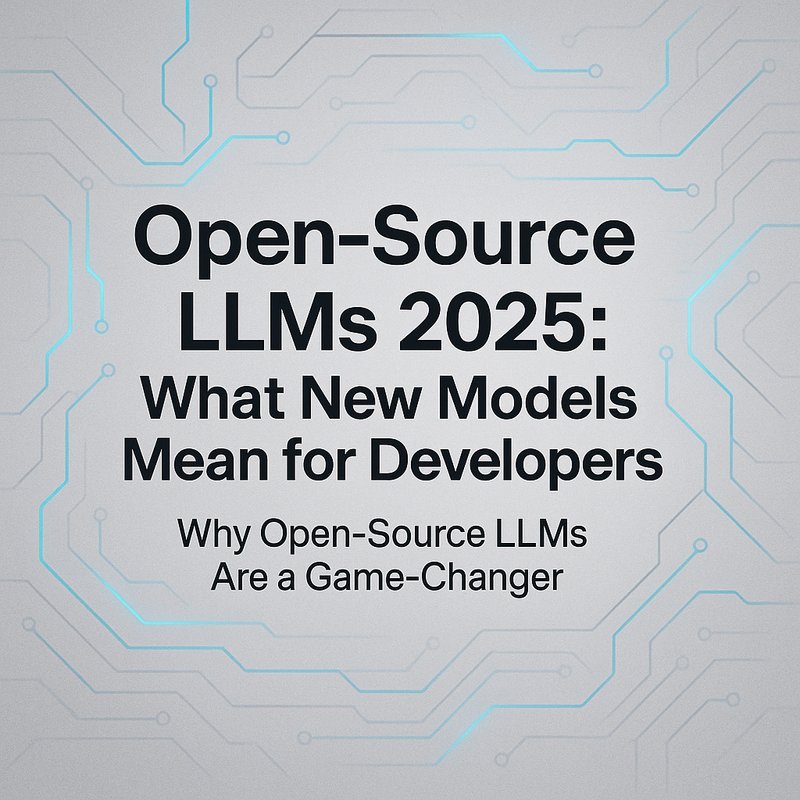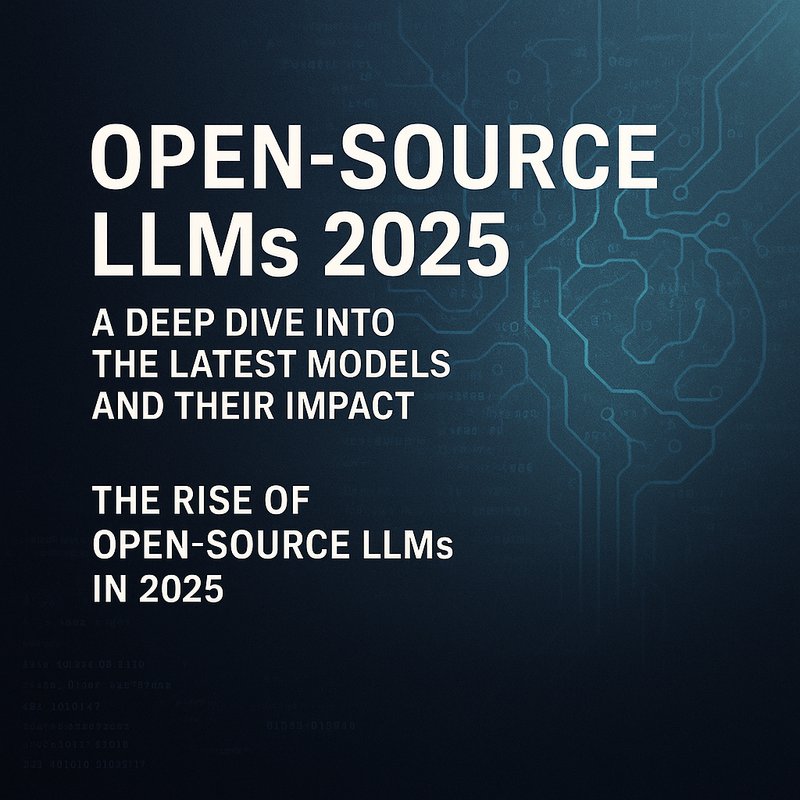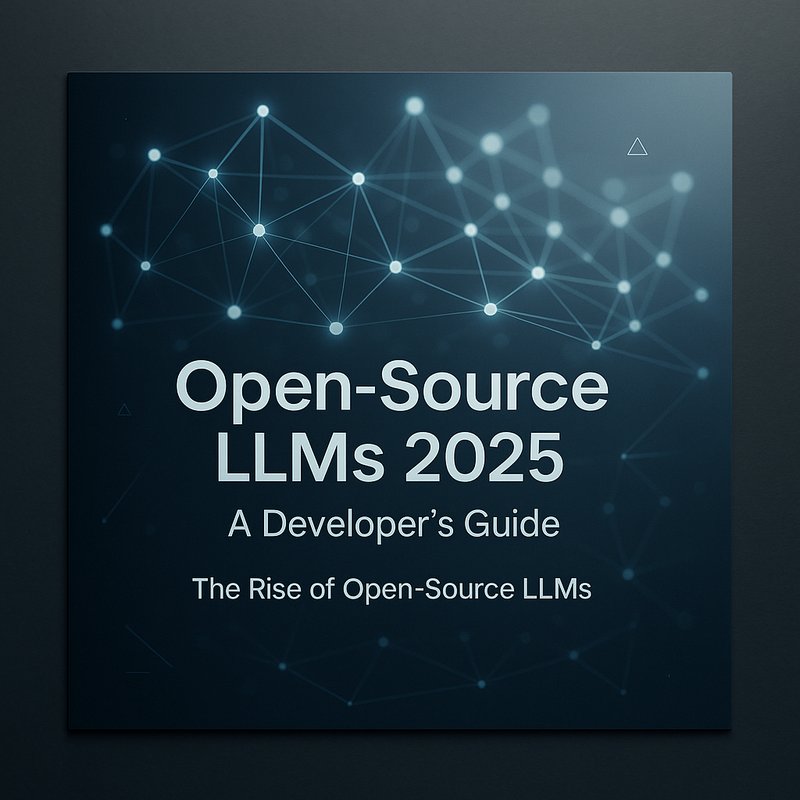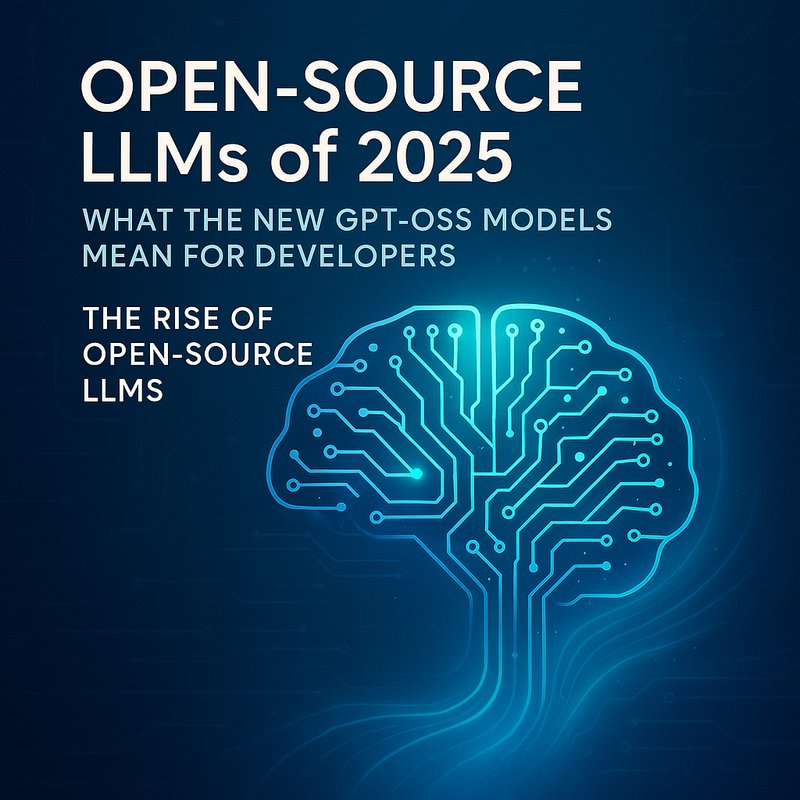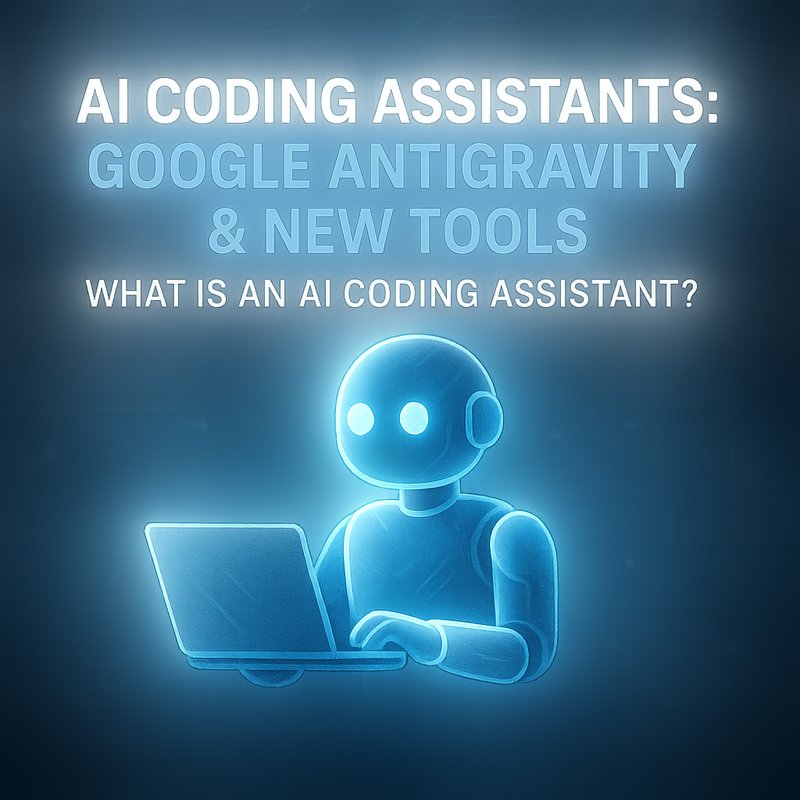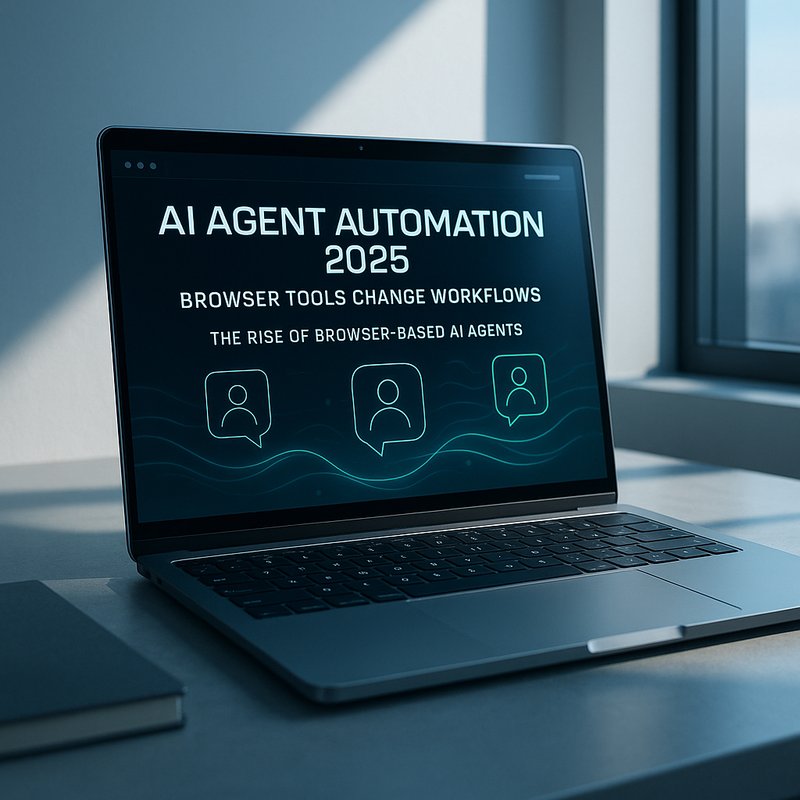Artificial Intelligence is no longer just a buzzword in factories or on roads – it’s now a guardian of our oceans. AI ocean monitoring uses sensors, satellites, drones, and smart models to watch the water, track pollution, and protect marine life. This guide walks you through what AI ocean monitoring is, why it matters, the tools you need, and a step‑by‑step plan to start one. It also shows real stories that prove the tech works.
What Is AI Ocean Monitoring?
AI ocean monitoring is a system that collects data from the sea (temperature, salinity, currents, plankton, fish schools, garbage) and feeds it into machine‑learning models that spot problems and suggest fixes. Think of it like having a giant underwater eye that learns over time and tells you when a spill is happening or when a fish migration is changing.
Key ideas:
- Sensors and drones spread across coastal zones and open sea
- Data pipelines that bring raw numbers to a cloud or edge computer
- AI models that detect anomalies (e.g., oil slicks, sudden temperature drops, illegal fishing)
- Action plans that send alerts to authorities, ships, or automated cleaning units
Why Ocean Conservation Needs AI
The world’s oceans cover 71 % of the planet, but they’re under pressure from plastic, pollution, over‑fishing, and climate change. Traditional monitoring relies on ships that can only visit once in a while. AI ocean monitoring lets us see the sea all the time, at a fraction of the cost.
Benefits:
- Early warning – Detect spills, algae blooms, or coral bleaching before they become disasters.
- Resource saving – Target fishing or cleaning efforts where they’re truly needed, saving fuel and manpower.
- Better science – Continuous data feeds help scientists model climate change impacts on marine ecosystems.
A 2025 study showed that cities using AI ocean monitoring reduced oil spill response time by 40 % and cut cleanup costs by 25 %.
Building Blocks of an AI Ocean Monitoring System
| Component | What It Does | AI Role |
|---|---|---|
| Marine Sensors & Drones | Capture temperature, salinity, chlorophyll, plastic density, fish counts, and video footage | Provide raw data for learning |
| Edge or Cloud Hub | Collects data via satellite, 5G, or radio | Pre‑processes data for models |
| Feature Engineering | Creates indices like normalized difference vegetation index for seaweed, or buoyancy patterns | Makes data ready for AI |
| Model Training | Classifies events (oil spill, garbage patch, illegal fishing) and predicts future trends | Learns from examples |
| Inference Engine | Runs models on the edge (on drones or buoys) or in the cloud, sending instant alerts | Provides real‑time action |
| Dashboard & Alerting | Shows maps, trends, and alarm status to users | Gives humans a clear picture |
| Feedback Loop | Incorporates ground truth (photos, manual reports) to refine models | Keeps AI improving |
You can mix and match these parts depending on budget, geography, and mission.
Step‑by‑Step Plan to Build Your Own AI Ocean Monitoring
1. Map Your Monitoring Goals
Start by asking:
- What problem are you trying to solve? (plastic detection, fish stock monitoring, pollution alerts)
- Where will sensors go? (coastal reefs, shipping lanes, open sea)
- Who will use the alerts? (local fishers, port authorities, research labs)
Write a short mission statement that will guide the rest of the build.
2. Pick the Right Sensors
| Sensor Type | Data Collected | Typical Platform |
|---|---|---|
| CTD (Conductivity, Temperature, Depth) | Temperature, salinity, pressure | Buoy |
| Optical Cameras | Video for debris or fish | Drone or fixed station |
| Laser Backscatter | Plastic density | Drone or sub‑sea vehicle |
| Acoustic Sonar | Fish schools, seafloor | Autonomous underwater vehicle (AUV) |
| Satellite Radiometer | Sea surface temperature, chlorophyll | Satellite |
All sensors should support wireless transfer (LoRa, satellite uplink, 5G) for real‑time data flow.
3. Build the Data Pipeline
- Edge devices (e.g., NVIDIA Jetson on a buoy) can preprocess images and run small models.
- Cloud storage (Google Cloud, AWS, or Azure) holds historical data for training.
- Message brokers (MQTT or Kafka) let sensors push data to the hub.
Use open‑source tools:
- Mosquitto for MQTT
- InfluxDB for time‑series storage
- Grafana for dashboards
See our detailed case study on a coastal monitoring project here: https://blog.meetneura.ai/#case-studies
4. Train Your AI Models

Start small: collect a dataset of labeled images (oil slick vs clean water, plastic vs algae) and train a convolutional neural network (CNN).
- Tools: TensorFlow Lite for edge, XGBoost for tabular data.
- Labeling: Use a cloud annotation platform or crowdsourced labels.
- Evaluation: Measure accuracy and precision to decide when the model is ready.
You can find starter notebooks on GitHub or use Neura’s open‑source AI chatbot for quick model prototyping.
5. Deploy Inference
- Convert the model to TensorFlow Lite or ONNX.
- Run inference on the Jetson or a Raspberry Pi on a drone.
- If a spill is detected, the device publishes an alert via MQTT to the cloud.
An example alert payload:
{ "event":"oil_spill", "location":"34.12N, -118.32W", "confidence":0.93, "timestamp":"2025-10-04T14:23:00Z" }
6. Create the Dashboard
Build a map‑based UI that shows:
- Live sensor streams
- Detected events with severity scores
- Historical trends (e.g., plastic levels over months)
Grafana makes this simple: pull data from InfluxDB, use a world map panel, and set thresholds for alerts.
7. Close the Feedback Loop
When an alert is verified by a human (e.g., a marine biologist checks a video), tag it as true or false and feed that label back into the training set.
Periodic retraining ( a quarter) keeps the system sharp.
Real‑World Success: The “BlueGuard” Project
In 2024, a coastal community in Spain deployed an AI ocean monitoring network along a 20‑km stretch of shore. They used low‑cost buoy sensors, a fleet of fixed drones, and a cloud‑based dashboard. Results:
- Detected 12 oil spills in a year, cutting response time from 8 h to 2 h.
- Logged a 30 % drop in plastic accumulation after targeted cleanup operations.
- Fisheries reported a 12 % rise in shrimp catch because they could avoid polluted zones.
More details are in the official case study: https://blog.meetneura.ai/case-study-spain-blueguard
Common Pitfalls and How to Dodge Them
| Pitfall | Fix |
|---|---|
| Data gaps | Use redundant satellites and local storage on buoys. |
| Model drift | Retrain every 3 months or after major weather events. |
| False alarms | Tune thresholds; use a confidence score and double‑check with a human. |
| Hardware failure | Equip buoys with watchdog timers and automatic reboot. |
| Security issues | Encrypt MQTT traffic and update firmware regularly. |
Future Trends in AI Ocean Monitoring
- Swarm drones that coordinate to cover wide areas.
- Federated learning where each buoy trains locally and shares only model updates, preserving data privacy.
- AI‑driven autonomous cleanup vessels that collect plastics on the spot.
- Real‑time climate modeling that predicts harmful algal blooms with weeks of lead time.
Take Action Today
- Define your mission – Pick a clear problem to solve.
- Scout the field – Visit a nearby coast, talk to fishers, and note their pain points.
- Prototype – Grab a few low‑cost sensors, a Raspberry Pi, and start collecting data.
- Build a small model – Use TensorFlow Lite on the Pi to classify oil vs clean water in sample images.
- Deploy a dashboard – Share live data with local stakeholders.
- Iterate – Collect feedback, improve the model, and scale.
If you need help choosing sensors or building dashboards, check Neura AI’s product line at https://meetneura.ai/products or read more on our blog: https://meetneura.ai
Wrap‑Up
AI ocean monitoring isn’t just a tech buzz – it’s a practical tool that lets us protect the seas with real‑time data and smart models. By combining sensors, edge AI, and cloud analytics, small teams can create systems that detect pollution, guide fishing, and help scientists track climate impacts. The future will bring even smarter drones, federated learning, and autonomous cleanup, but the basics remain the same: collect data, feed it to AI, and act on the insights.
Let’s keep the oceans healthy for future generations.
